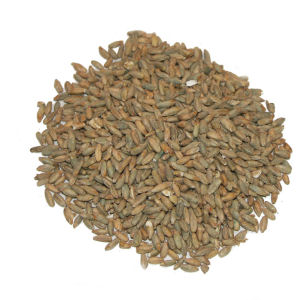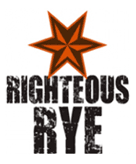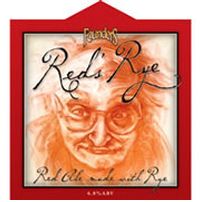Wet Hop (also called Fresh Hop) isn’t an official beer style, but around this time of the year you see the designation on several Pale Ales, so it’s worth talking about. Despite the antonymous names, wet hopping has nothing to do with dry hopping. When a brewer dry hops an ale, she adds hops while the beer’s fermenting. Hops are always added while the wort (i.e. pre-beer) is boiling, for bitterness as well as flavor and aroma. Hop flavors and aromas are very delicate, and the boil severely weakens them (that’s why aromatic and flavor hops are added at the very end of the boil, usually right after you turn off the flame). When a brewer dry hops (which she always does in addition to the boiling hops, not instead of), the flavors and aromas don’t have to survive a boil, so they come through loud and clear in the finished product.
Wet hopping has less to do with the brewing process — it’s all about the ingredients.
Wet Hop Ales: I Get Wet
“Wet Hop” might be a weird-sounding name if you’ve never brewed before. These beers are also called “fresh hop” ales, and that name gives you a better sense of what they’re about. Generally, brewers use hops that have been dried out or converted to pellets. Like any plant, hops have a particular season, so hops are dried for the sake of preservation. Wet hop ales, by contrast, use hops straight from the harvest, almost always cones that have been picked the very same day as brewing. Since the hop harvest occurs in late August and early September, wet hop ale season is October and November. There’s a great article (with some great pictures) from the New York Times last year that gives you an inside view of the hop harvest.
Wet hop ales have a different flavor and aroma profile than most hop-centric beers. Dried hop pellets are concentrated, so the bitterness and primary flavors of the hops take over. Beers made with fresh hop cones tend to be more subtle and nuanced in hop flavor. The big citrus and pine flavors you’re used to in IPAs are toned down, and the hop flavor tends to be more herbal and grassy.
We’re in wet hop season right now. What’s good? Thanks to this fella, I was lucky enough to try some Surly Wet this year. It’s truly amazing, but you’re not getting any unless you live in Minnesota or have a hook up. Heavy Handed IPA by Two Brothers Brewing Co. in the suburbs of Chicago is very nice, and you can find it on shelves and on tap in NYC. Sierra Nevada’s Harvest ale is probably the most well-known fresh hop ale. I haven’t given this year’s version a try yet, but it was delicious last year.
New York Ale Project’s Favorite Wet Hop: The coveted prize goes to Founders Harvest Ale, yet another reason to be thrilled that Founders now distributes in NYC. The hop profile is very intense, but deeply nuanced. It’s citrus, grassy and dank. The malts take a very far backseat to the delicious hops. Despite the powerful hop presence, the beer isn’t overly bitter. It’s still common on tap here in NYC for now, so give it a try and see what fresh hops are all about.
Some Local Fresh Hop Ales:
- North Fork Fresh Hop ESB by Southampton Publick House (‘A-‘ on BeerAdvocate.com)
- West Coast Wet Hop IPA by Chelsea Brewing Company (‘C+’ on Beer Advocate)




